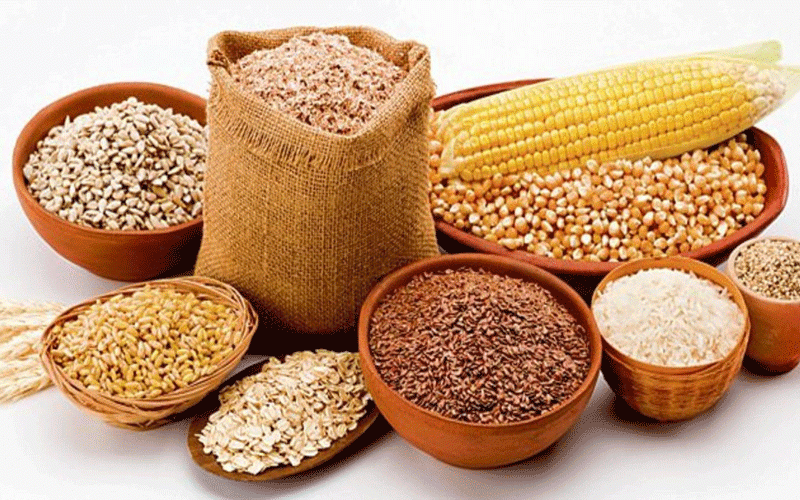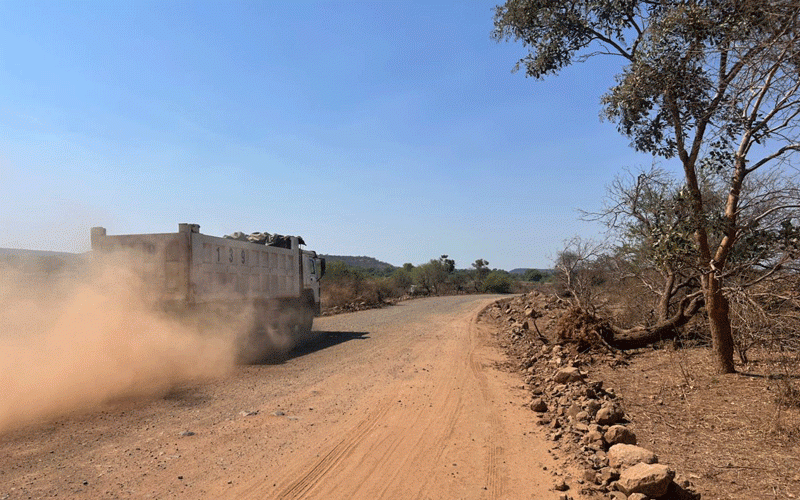
Alarming signs of household food stock depletion have emerged in drought-affected regions, particularly in Matabeleland South, according to a recent Food Security and Markets Monitoring Report.
While Zimbabwe’s national food security situation remained stable in September 2025 supported by steady supplies and stable prices, the report painted a different picture for Matabeleland South.
The World Food Programme (WFP), however, said this general stability masks a growing crisis at the local level.
The report indicated that erratic rainfall and prolonged dry spells have led to a gradual depletion of household food stocks in several districts.
“WFP food security monitoring indicated a gradual depletion of household food stocks across monitored districts, particularly in areas affected by prolonged midseason dry spells and erratic rainfall patterns,” the report said.
“As stocks diminished, an increasing number of households are relying on markets for food access.”
This is particularly acute in Matabeleland South, where communities are becoming increasingly dependent on food assistance and casual labour to cope with shortages.
While grain cereals remain available in major open markets like Gwanda, high transport costs continue to constrain affordability for vulnerable households.
- Govt to distribute grain as hunger stalks millions
- Coping with drought through WFP’s resilience programme
- Zim’s urbanites facing high prices
- 3,8m villagers face hunger
Keep Reading
The report noted a slight ecological respite, with light rain showers in Matabeleland South triggering new hope.
“Light rain showers received towards the end of September in Matabeleland South have triggered new green growth however this immature pasture can negatively affect livestock health, often causing bloating or diarrhoea due to its high moisture and low fibre content,” the report noted.
“Rising incidents of veld fires are also threatening pasture availability and livestock health.”
A potential bright spot for the region is the production from irrigated farm plots in areas like Hwange and Matobo, which continue to yield maize and horticultural crops.
This is expected to help sustain some households during the upcoming lean months and provide income from surplus sales.
Nationwide, land preparation for the 2025/26 agricultural season has slowly commenced, with favourable rainfall forecasts offering hope for improved crop yields and food access in the coming months










